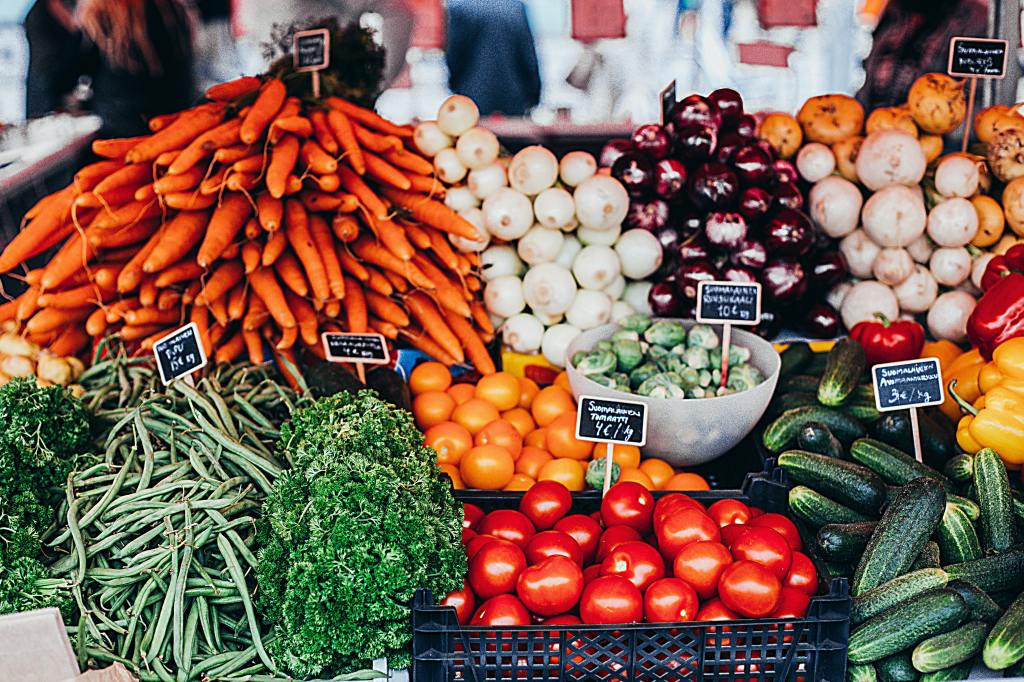Nothing beats the taste of fresh, crisp fruit. And nothing is more disheartening than having it spoil before you can enjoy it. When we throw approximately 19 percent of vegetables and 14 percent of fruits we buy, it’s no surprise that only one in ten Americans consumes the recommended quantity of fruits and vegetables. However, with proper storage and care, you can extend the life of your fruit, prevent food waste, and save money.
The first step to having the longest storage life in your kitchen is to choose the freshest fruits and vegetables. Make a plan before you go to the market! Consider your weekly menus, check to see what you currently have, and buy only what you require. Food with noticeable flaws or odours should be avoided. Root vegetables, cabbages, squash, and onions should be weighty for their size and free of blemishes or soft places when choosing. Leafy greens should be vibrant in colour and free of limp or fading leaves.
Separate your fruits and vegetables
The way you keep your food has an impact on its freshness. When it comes to keeping fresh fruits and vegetables, the key three factors to consider are temperature, ethylene, and airflow. Many fruits and vegetables can be stored in the refrigerator, but some things, such as potatoes, onions, and garlic, should be kept at room temperature.
Ethylene gas is released by fruits like bananas, peaches, and tomatoes, causing other products to ripen faster. They can be kept from ripening by keeping them away from ethylene-sensitive produce like clementines, grapefruits, lemons, and limes. Countertops and refrigerated vegetables are both affected by this separation approach. Keep ethylene-sensitive vegetables such as lettuce, cucumbers, and peppers in a different bin.
When refrigerated produce is enclosed in an airtight container or produce bag, it lasts longer. This helps to keep moisture in the produce, keeping it from drying out. Air circulation is required for produce that retains well at room temperature. Remove any potatoes or onions that are still wrapped in plastic bags, as this can cause them to spoil sooner.
Check out our blog, How to: Clean and Store Produce, for more ideas.
Although we may be tempted to wash our food as soon as we arrive home, fresh produce should normally not be washed until it is ready to eat. Washing vegetables thoroughly is vital for eliminating residues and germs, but if done too fast, it might create a bacteria-friendly environment. The only exception is lettuce greens. As soon as you get them home, wash, dry, and store them in a container between paper towels.
Jennifer Maynard, the CEO of N4L, offers some advice on how to clean your vegetables successfully.
We encourage everyone at Nutrition for Longevity to eat more fresh fruits and veggies! Fresh produce is essential to a long life, whether you cultivate your own, shop locally, or order N4L’s Organic Produce Boxes.





Thanks for all these tips, because we throw away a lot of fruit and vegetables every month. Buying too much always end up in having them spoil. Nice article!
Thanks AL and I agree with you 100%
Thank you for this informative article on how to keep fruits and vegetables fresh. Two important points that were especially informative were the points pertaining to buying only what is needed, and waiting to wash fruits and vegetables when they are ready to eat, in order to avoid creating a bacteria-friendly environment. This is probably a tip that many people aren’t aware of, or don’t think about. Thank you for providing this information. To learn more about how to shop for the right fruits and vegetables, and how fruits and vegetables may help prevent diseases and medical conditions in the body, sign up for this free course: https://aviditymedicaldesignacademy.com/course/how-to-prevent-disease-in-your-body-by-eating-fruits-and-vegetables/.